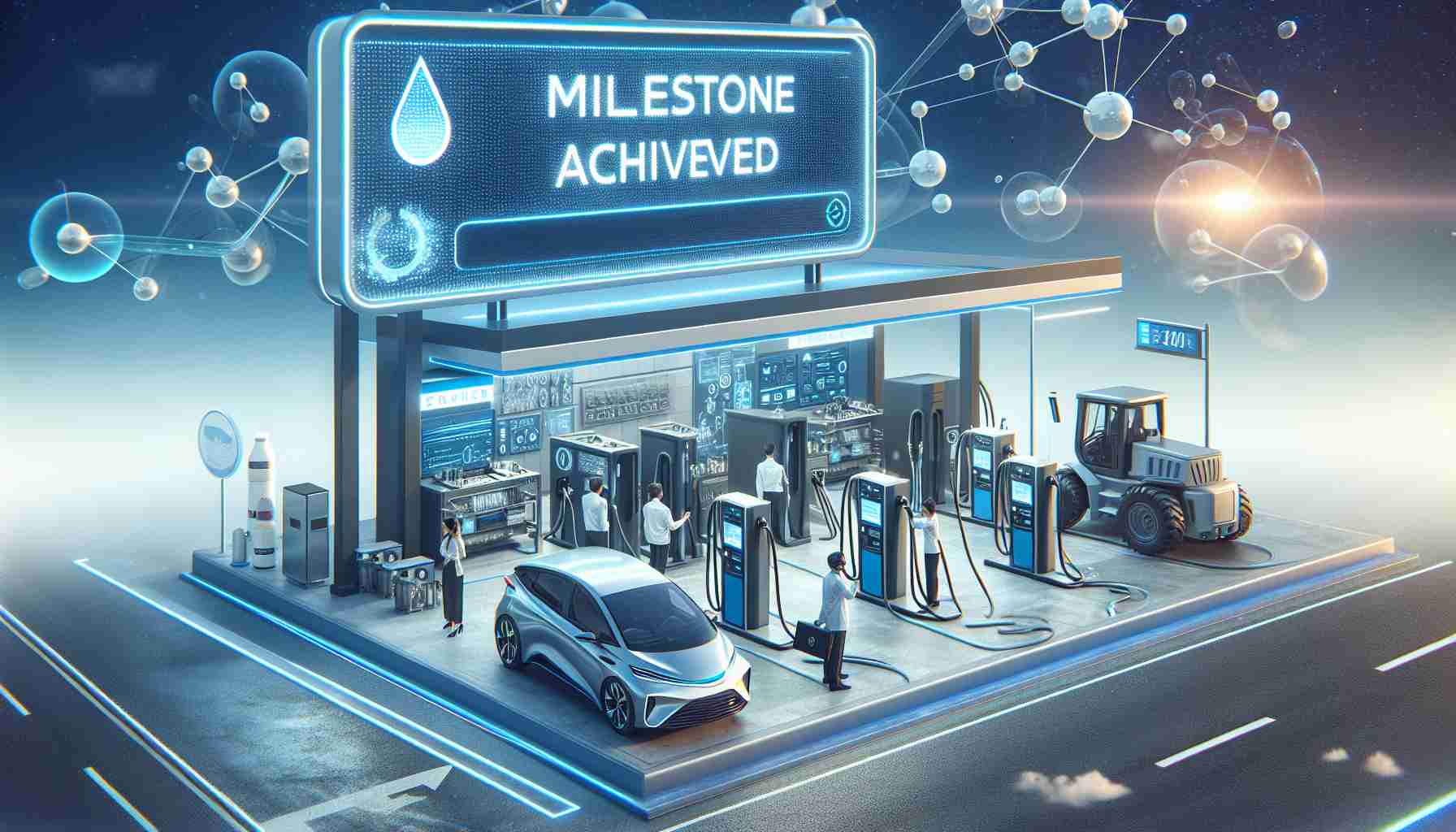Enhancing Connectivity in the UK
In an exciting development for the UK’s most isolated communities, the government has revealed a significant initiative aiming to boost digital connectivity through a collaborative effort involving the UK Space Agency, DSIT, and the European Space Agency. With a funding allocation of £3.5 million, this program focuses on employing advanced hybrid satellite technologies to deliver high-speed, gigabit-capable internet to hard-to-reach locations, where traditional infrastructure has struggled.
The initiative is poised to significantly narrow the digital divide, promising reliable and affordable internet access that is essential for improving education, healthcare, and local businesses. The CEO of the Digital Poverty Alliance expressed optimism about the government’s commitment, highlighting the potential benefits for residents in underserved areas. The introduction of high-speed internet can be a lifeline, enabling these communities to thrive in an increasingly digital world.
Among the key strategies outlined in this initiative are the creation of portable internet solutions and the development of systems capable of delivering gigabit speeds through a combination of Low Earth Orbit (LEO) and Geostationary Orbit (GEO) satellites. One major investment target is Northern Ireland’s Rathlin Island, where £2 million will focus on integrating satellite capabilities with mobile technology, benefitting both locals and the 40,000 annual visitors. This project also aims to support local conservation efforts, marrying technology with environmental stewardship.
Revolutionizing Remote Living: The Impact of Satellite Internet on Isolated Communities
The Evolution of Digital Connectivity
The recent initiative to enhance digital connectivity in the UK highlights a leap towards bridging the digital divide across the nation, particularly in isolated areas. However, it’s crucial to explore the broader implications of using satellite technology in these environments, such as how it can transform community engagement, education, and entrepreneurial ventures.
Interesting Facts and Controversies
1. Environmental Concerns: The deployment of satellite technology has raised concerns regarding space debris and its environmental impact. Critics argue that while increasing connectivity is vital, it must not come at the cost of our planet’s outer space integrity. The presence of thousands of operational satellites could lead to overcrowding and jeopardize future space exploration.
2. Economic Growth: Reliable internet can facilitate e-commerce, enabling local artisans and businesses to reach global markets. Isolated communities can transform their economic landscape by selling handmade goods or offering local services online, leading to increased income and sustainability.
3. Cultural Exchange: Enhanced connectivity invites cultural exchanges from around the globe. However, it may also lead to the dilution of local cultures. As communities gain access to global media, there could be pressure on traditional customs and practices to conform to mainstream trends.
The Impact on Lives and Communities
This initiative’s impact extends far beyond mere internet access.
– Education: Students in remote areas can enjoy resources previously out of reach, such as online classes and educational materials. Digital literacy programs can empower the younger generation, preparing them for a competitive workforce.
– Healthcare Access: Telemedicine services become pivotal for residents who previously faced long travel times to see specialists. This initiative enables easier access to healthcare consultations, impacting community health outcomes positively.
– Social Connectivity: In isolated communities, enhanced internet access can diminish feelings of loneliness and isolation. People will have the opportunity to connect with friends and families across the globe, fostering social relationships that transcend geographical barriers.
Weighing the Pros and Cons
Advantages:
– Increased access to information and educational resources.
– New economic opportunities through e-commerce and remote work.
– Enhanced healthcare services through telemedicine.
– Strengthened community ties via improved social interaction.
Disadvantages:
– Potential environmental issues related to satellite launches and space debris.
– Risk of cultural homogenization as global influences seep into local practices.
– Possible digital addiction or over-dependence on technology.
Questions and Answers
Q: How does this initiative impact education in remote areas?
A: By providing high-speed internet, students in remote areas have access to online learning materials, educational videos, and virtual classrooms, effectively narrowing the educational resource gap.
Q: What are the financial implications for local governments?
A: While the initial investment is significant, long-term economic benefits may outweigh the costs as local businesses flourish and new job opportunities emerge, leading to increased tax revenues.
Q: Will all communities receive equal benefits?
A: There’s a risk that some areas may benefit more than others, especially urban regions that might experience faster installation and connectivity improvements due to higher population densities.
In conclusion, the push for enhanced connectivity through satellite technology stands to revolutionize lives in isolated communities across the UK. While replete with advantages, it necessitates a cautious approach to ensure sustainable and equitable growth.
For further insights on this initiative and related topics, visit the UK Government website.












